High Performance Building
Passive Housing and Net Zero Housing are innovative and revolutionary building methods which are environmentally friendly and cost effective. Technological advancements and forward-thinking have made builders around the world rethink their methods, and switch to more sustainable methods of construction like these.
What is a Passive House?
Passive building is a highly energy-efficient building standard focusing on the building envelope that significantly reduces a home’s carbon footprint. It results in low energy buildings that require less energy for space heating or cooling. In fact, passive houses consume up to 90% less energy than traditional buildings do.

The 5 Principles of Passive Houses
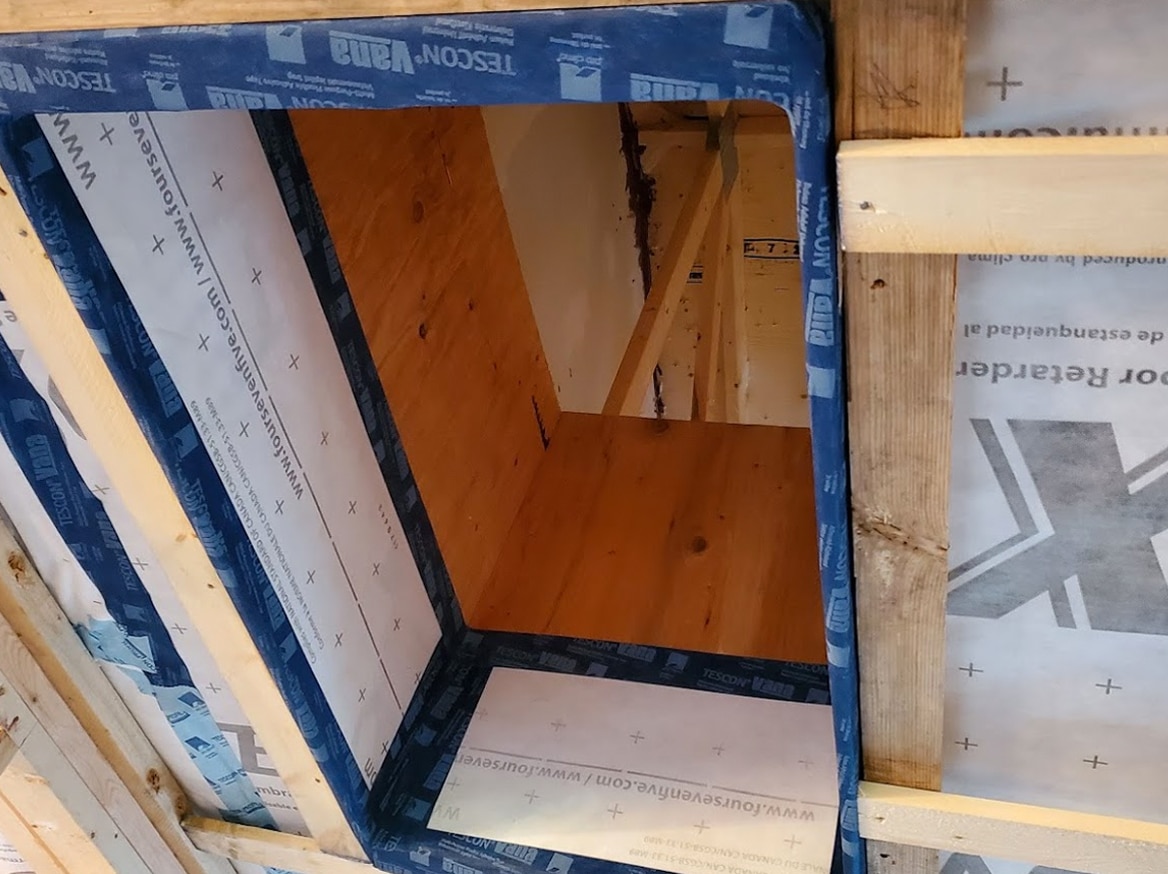
Airtight Construction
During certain weather conditions like cold winds, humid days or damp, rainy storms, windows fog up and unwanted air flows through your home, which can cumulatively create mold and damage in your home. Passive houses completely eliminate this by having an airtight layer. This layer limits heat escape, meaning no draughts come in or out. Passive homes are carefully designed by our team to ensure there are zero penetrations in the building, and that the air barrier is continuous and clear.
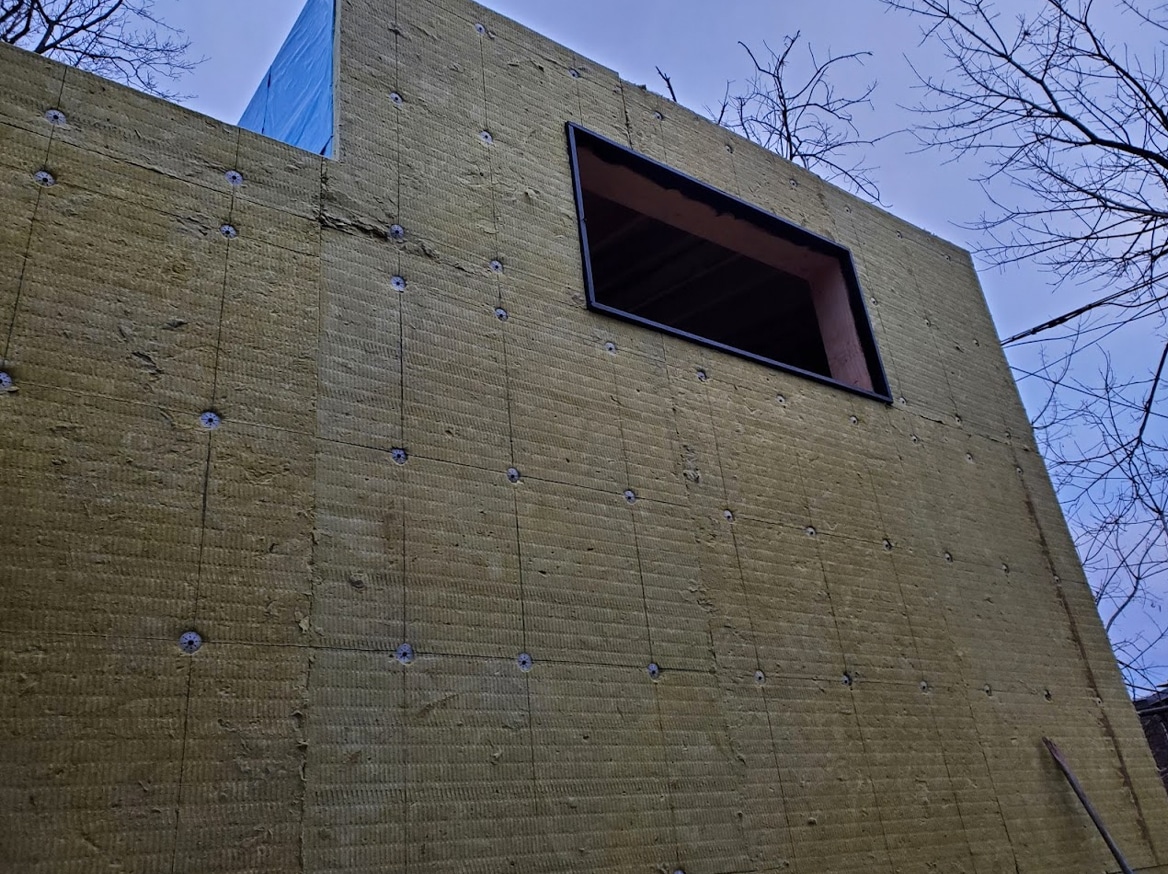
Thermal Bridging
Thermal bridging is when an area of a building has a significantly higher heat transfer than surrounding materials. This is a regular occurrence in conventional homes, as the insulation is not continuous. Heat/cold can penetrate this area into the house, which results in higher heat costs due to reheating/cooling of air. Passive homes prevent penetrations with continuous high-quality insulation which also reduces condensation risk.
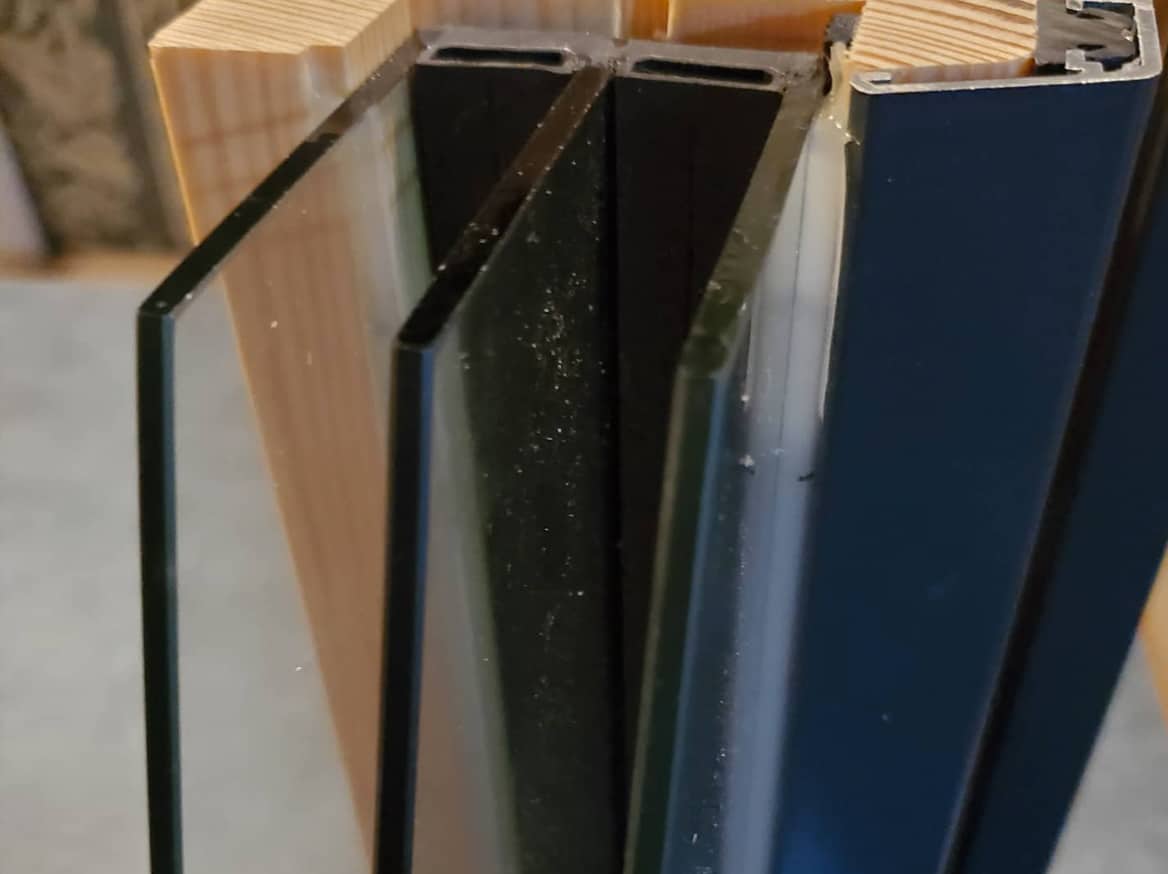
Superior Windows & Doors
Since windows are the thinnest parts of the exterior of your house, they will certainly be the hottest and coldest as well. In a conventional house, a single pane of glass can’t compete with the layers of insulation in your walls. In a passive house, multiple panes of glass are filled with low-heat transfer gasses, which are as good at insulating as walls. This eliminates the need for heating ducts below windows, because it does not create the hot/cold spots that a traditional window would.

Mechanical Ventilation with Heat Recovery
Mechanical Ventilation Heat Recovery (MVHR) improves indoor air quality without opening windows or doors. This doesn’t mean that windows and doors can’t be opened, but it is not necessary to get that fresh air you’re wanting into your home. Unlike traditional ventilation systems, MVHR is not used to cool or heat the home, but solely to improve air circulation and quality. Additionally, it cleans the air from pollution and regulates humidity.

High-Quality Insulation
High-quality insulation, paired with the lack of thermal bridges, makes for the perfect regulation of temperature inside a passive home. This “blanket” of insulating material covers the wall, floors and ceilings of the building. Thick and continuous insulation provides your home with proper separation of the heated/cooled interior, to the environment outdoors. Passive home builders realize that it is not about the amount of insulation you use in a home. How you use the insulation is what ultimately minimizes heat gain in warmer months and stops heat loss in the winter.
Fun Facts About Passive Houses:
- Passive Houses are designed to maintain temperatures of 25 degrees Celsius in the Summer and 20 degrees in the Winter, which reduces overall noise levels in your home for quieter living standards
- Passive Houses consume up to 90% less energy than traditional homes, which results in energy savings of 60%-80%
- People who have pollen or other airborne allergies benefit from passive houses, as Heat Recovery Ventilation (HRV) systems constantly filter and bring in clean air to the home
- While tax incentives vary from year-to-year, many may be eligible for provincial or federal-local energy tax credits/rebates if you build a new Passive House, or retrofit an old home
We offer custom passive house builts, as well as retrofits and additions. Contact us for any inquiries, questions or concerns.
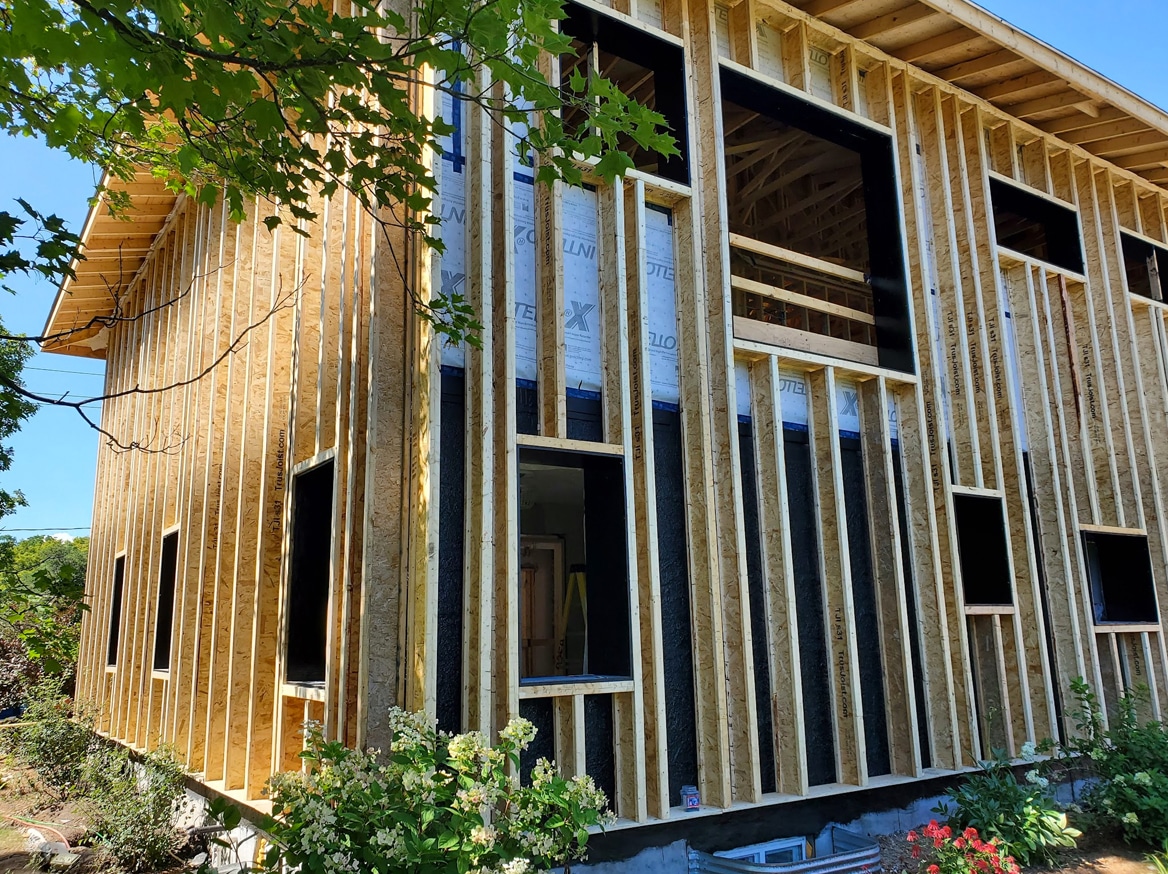
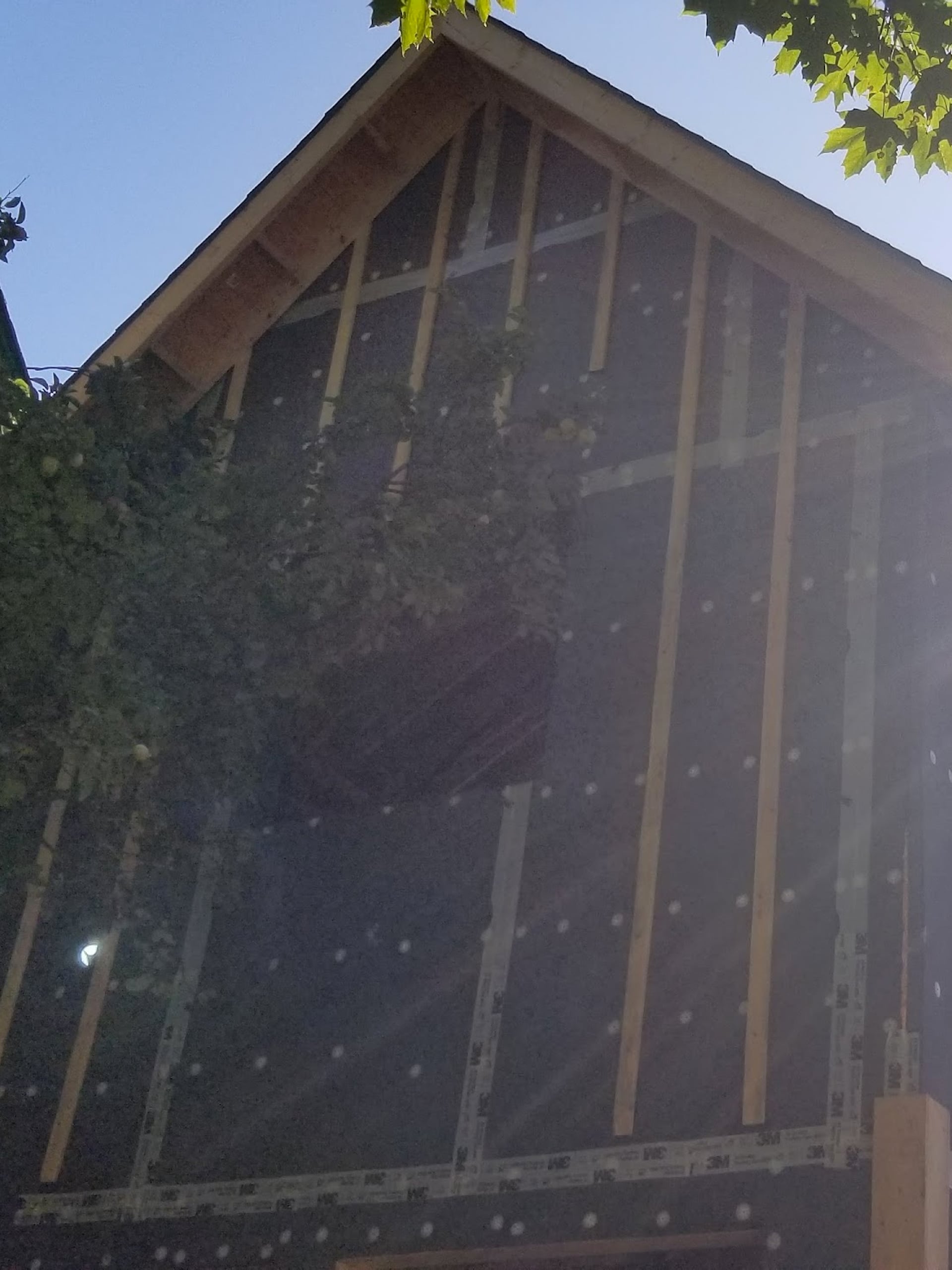
What is a Net-Zero House?
A Net-Zero house is a building that is focused on energy conservation. The name “Net-Zero” is referring to the fact that the home produces just as much energy as it uses on an annual basis, creating net-zero energy consumption. These homes create a perfect balance between consumption and generation. You may think of these homes as off-the-grid, but this is not necessarily the case. Net-Zero homes are a growing trend in cities and suburban areas, as well as some in rural locations. These homes are 80% more energy efficient than traditional new-houses and use renewable energy systems to produce the remaining energy they need.
Net-Zero homes are equipped with systems that allow them to capture and use renewable solar energy, which eliminates the reliance on non-renewable sources like oils, gasses, and electricity from local hydro companies.
How are Net-Zero Houses built? What makes them different?
Net-Zero Houses are carefully planned, high-quality buildings that follow similar principles as Passive Houses. They have airtight designs with mechanical ventilation, limited thermal bridging, proper insulation and limited energy consumption. Additionally, they may use high-efficiency appliances, passive heat from the sun, and air and ground source heat pumps.
Fun Facts About Net-Zero Houses:
- Net-Zero Houses consume up to 80% less energy than traditional houses
- With proper planning, older homes and even apartments can be retrofitted to be Net-Zero ready
- 90% of Net-Zero projects in Canada are multi-family projects
- The Net-Zero Housing market increased by 26% in 2019-2020 is expected to increase by 30-40% in 2021-2022
The top city in North America for Net-Zero units is London, Ontario, with 2001 units
The Canadian Home Builders’ Association has more on Net-Zero homes, and what the benefits of living in one are.
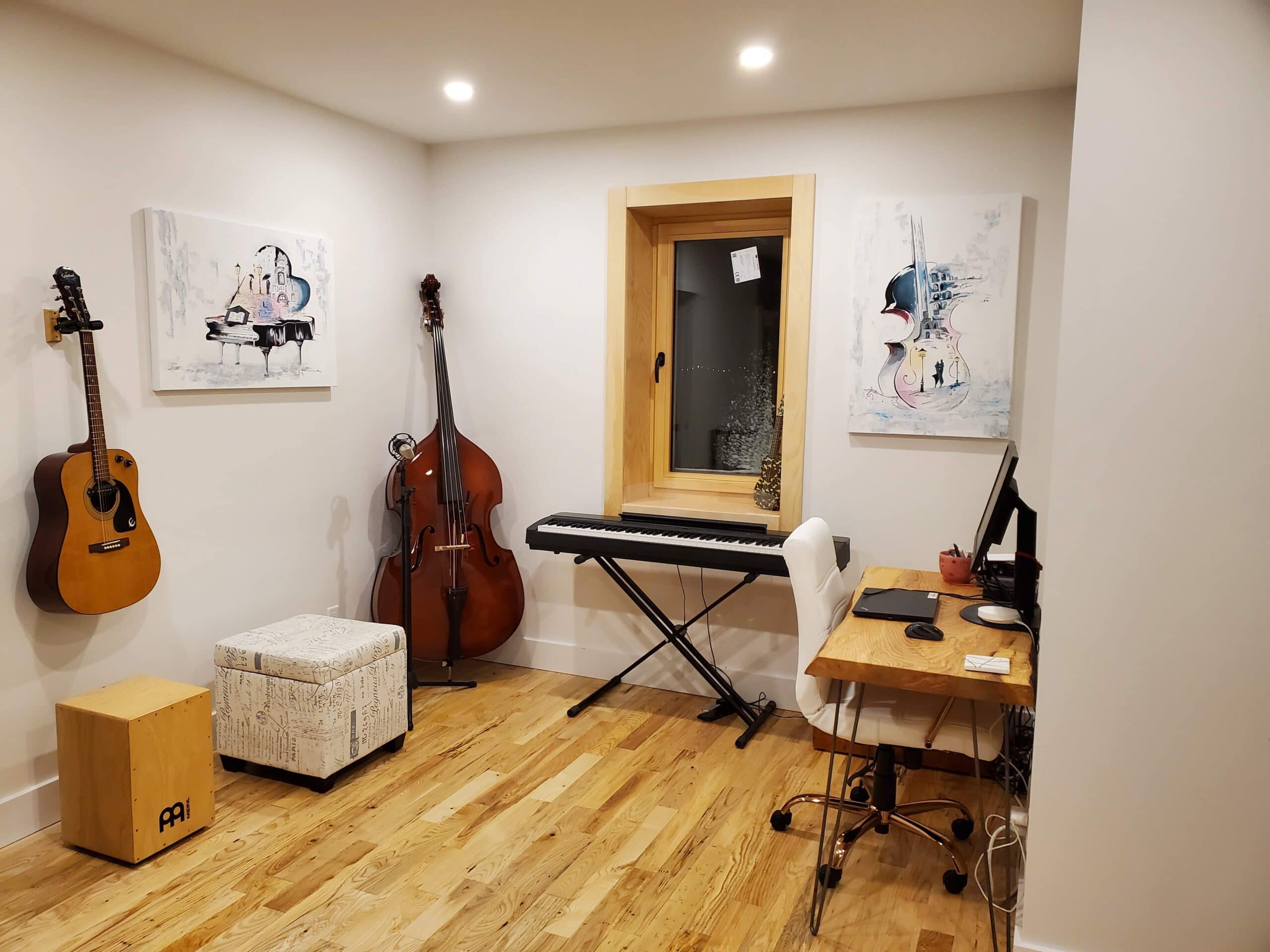
What is the difference between Net-Zero Houses and Passive Houses?
While passive homes and Net-Zero homes are both extremely energy efficient and great for the environment and share qualities, they have some differences that set them apart. The difference with Net-Zero homes is the focus on energy production. Passive Houses can have energy-producing features like solar panels, but they are not required to have them to be considered Passive. Net-Zero homes reduce energy consumption, as well as make up for it by producing just as much energy through renewable sources like solar panels.
Net-Zero homes go hand-in-hand with Passive homes, where many clients choose to go with a Passive House that is Net-Zero ready. This means that the house follows all the principles of Passive House construction, and it is capable of producing just as much energy as it consumes.
If you’re looking for an opportunity to save money, help the environment and build your dream home, contact us with your questions or to get a consultation with our building experts.
